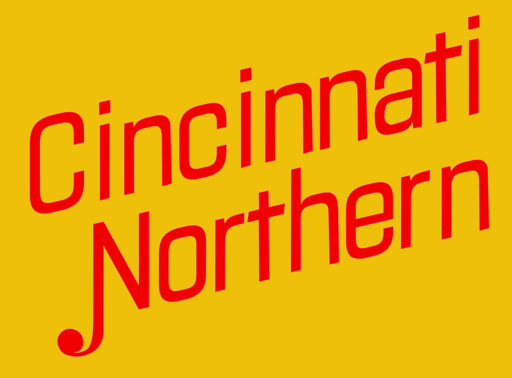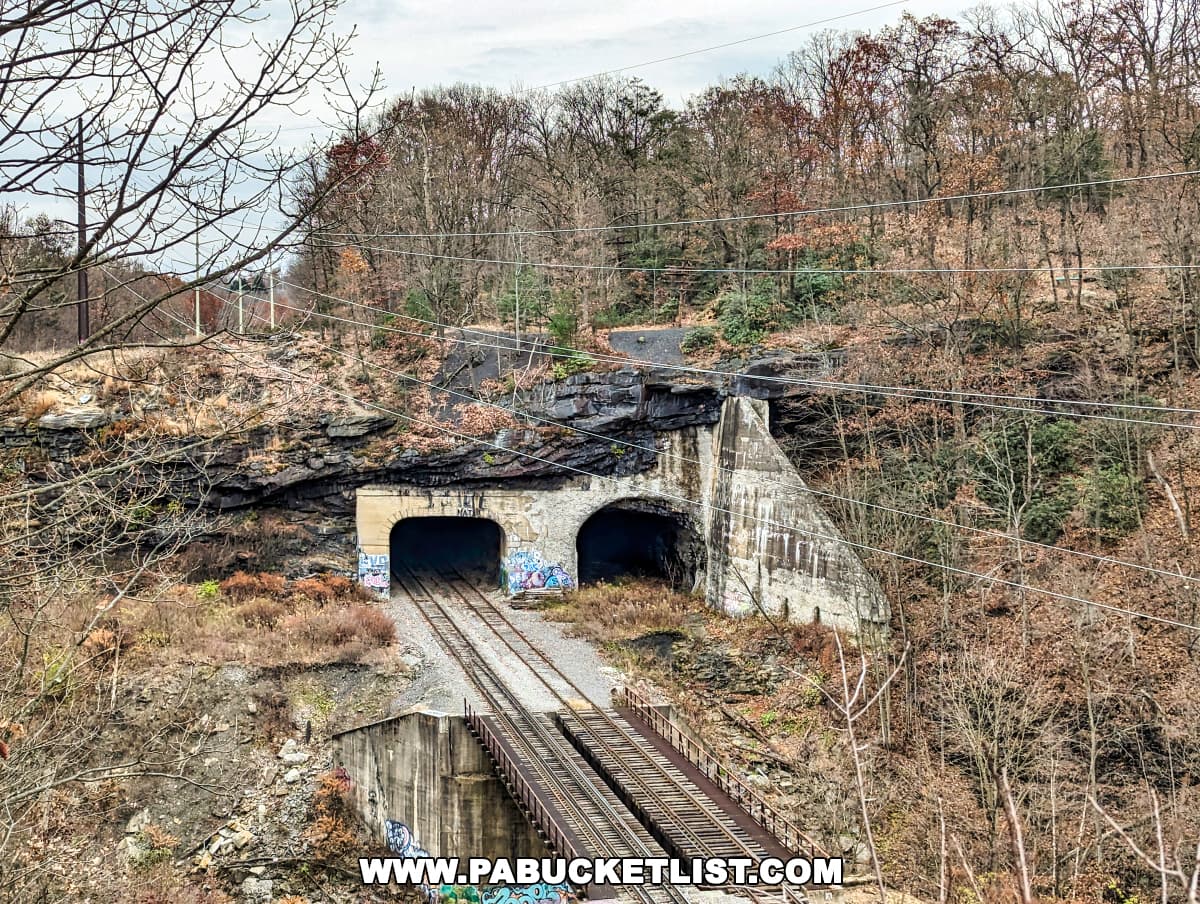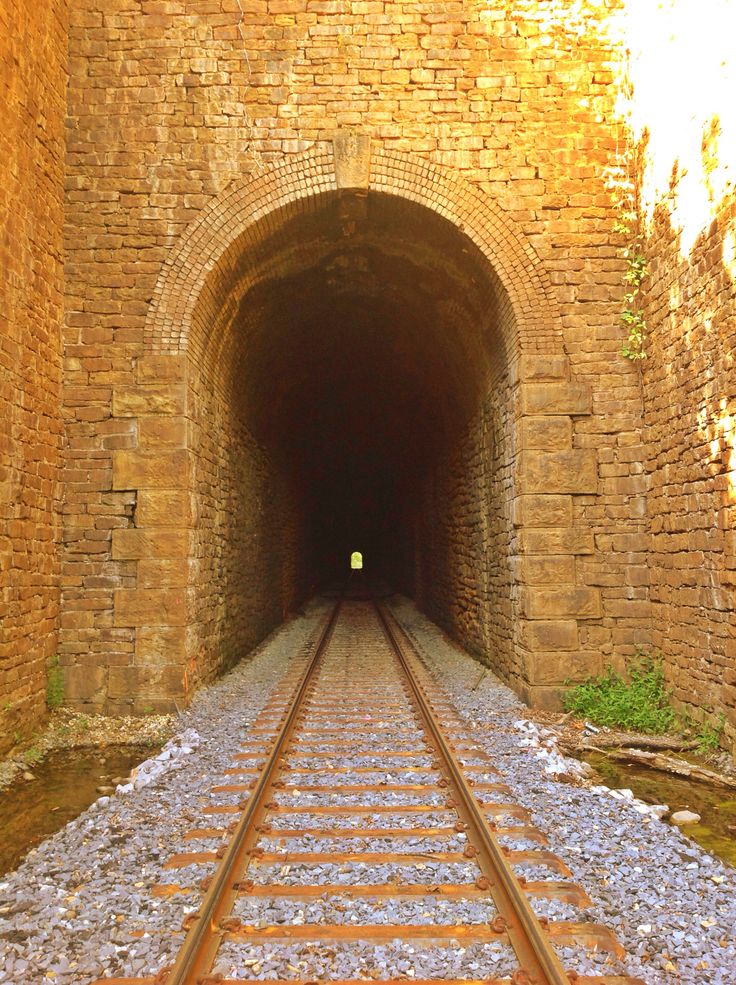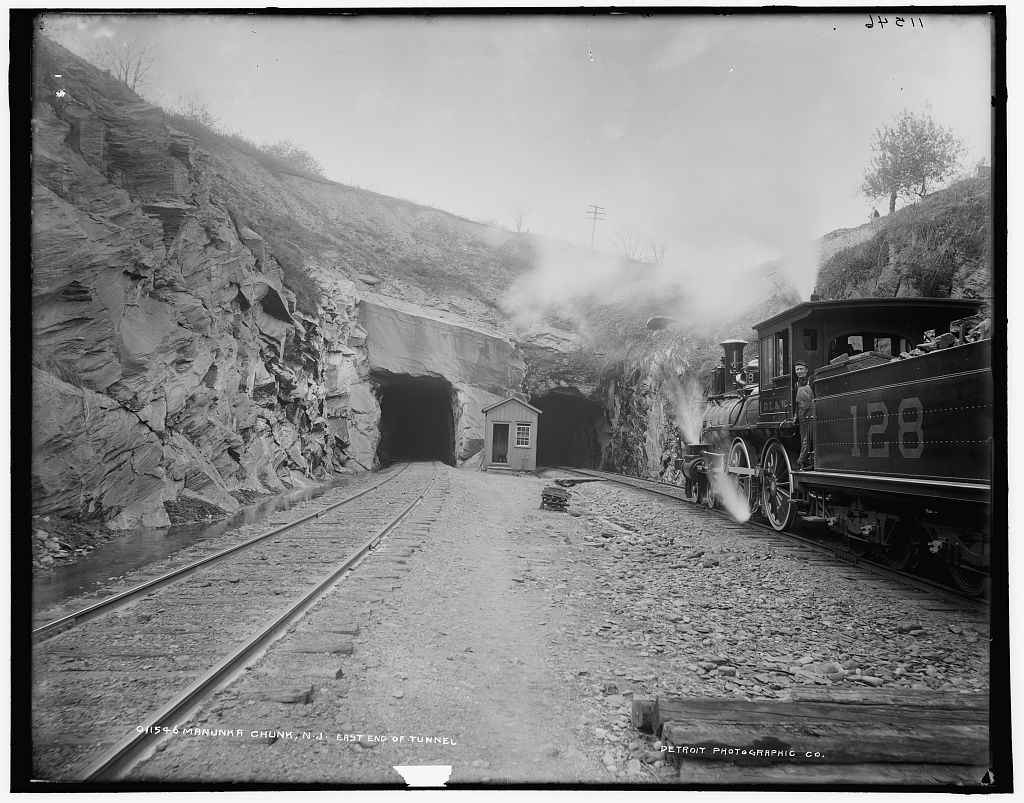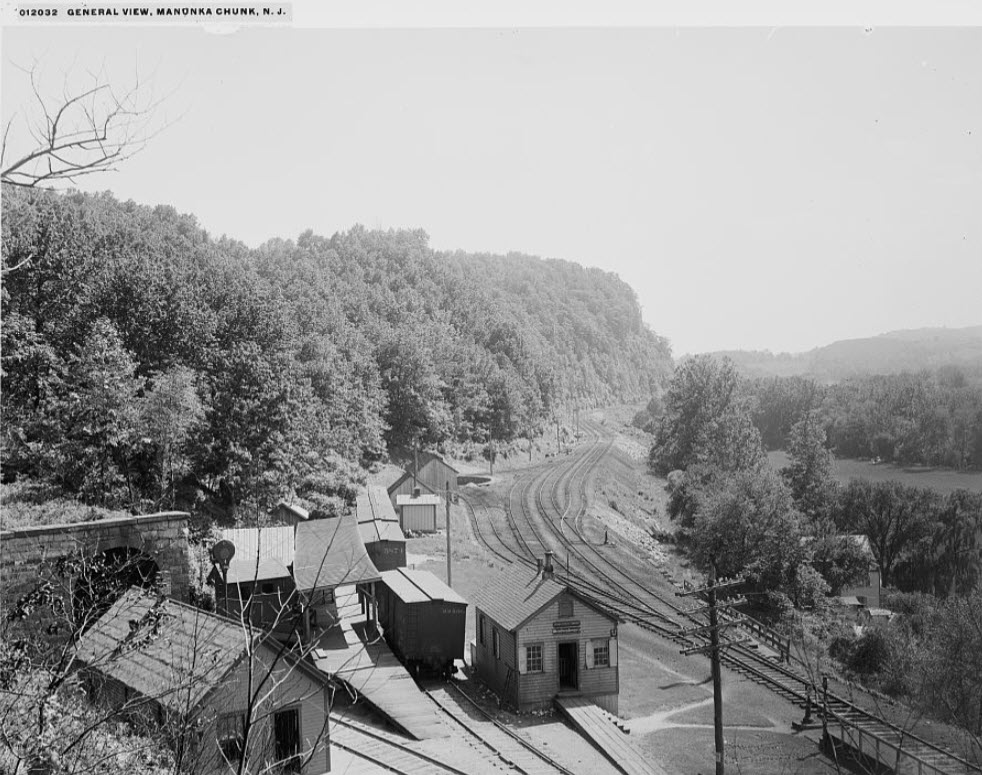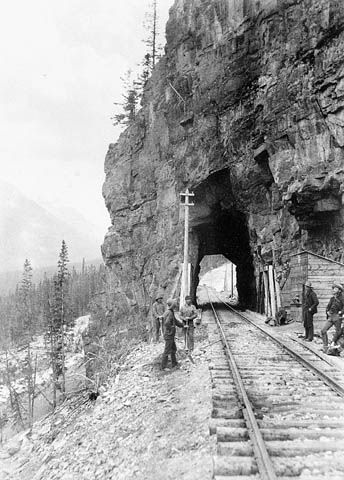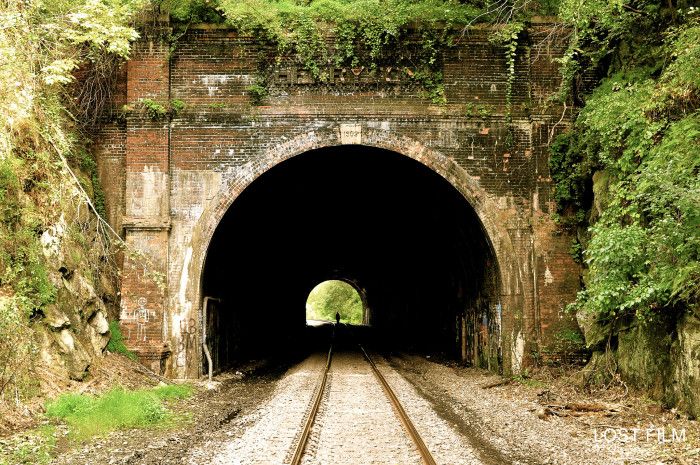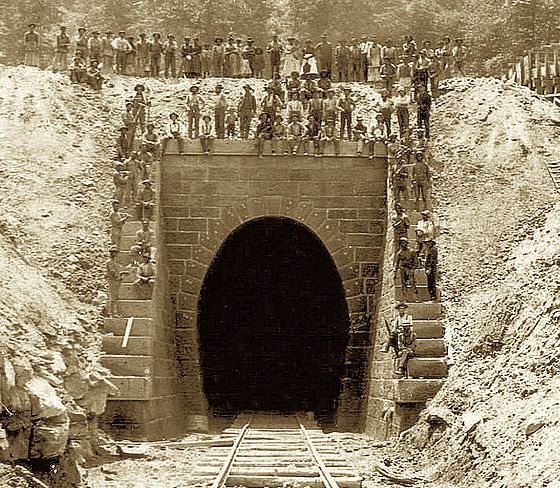Railroad Tunnel Portals
I was glancing through pics and found these tunnel portals. As a young modeler, I was enthralled by portals – wanted to put as many tunnels as possible on my first couple layouts. But as I aged and became involved in the Cincinnati Northern Model RR Club, I realized that tunnels were actually avoided by the railroads. And, since the Cincinnati Northern travelled through the relatively flat western edge of Ohio, there really wasn’t much opportunity for a tunnel. But these pics allowed me to travel back to my early years of modeling.
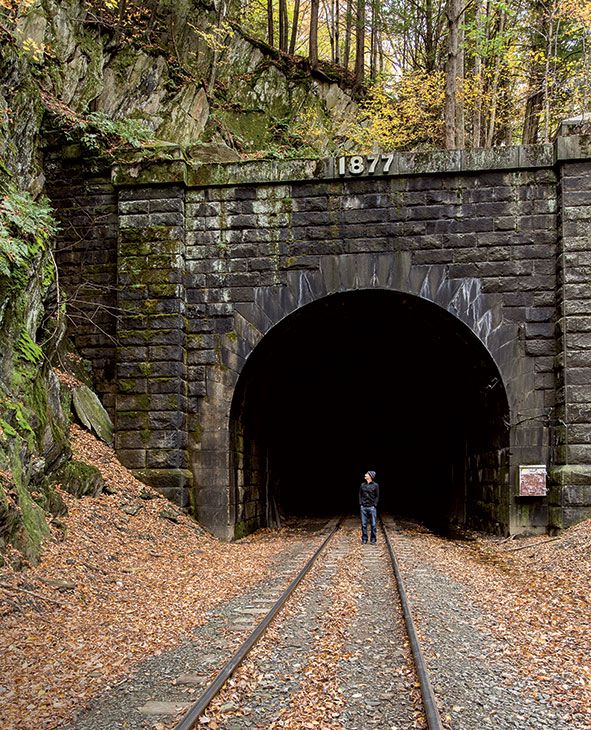
Here is the Hoosac Tunnel in New England, East Portal. Built in the mid-1800s, it still carries an active freight rail. To avoid accidents, visitors must have permission from owner Pan Am Railways, formerly the Boston and Maine Railroad, to enter the tunnel. Here, Kevin McMillan of Zoar Outdoor gets a close look. Photo Credit : Carl Tremblay.
This is a pic of the Brandy Gap Tunnel #2 portal in West Virginia. Caption reads: Brandy Gap Tunnel #2, also known as the Flinderation Tunnel, is an abandoned train tunnel now part of the North Bend Rail Trail, just outside of Salem. The tunnel was completed around 1857 under a cemetery that dates back to the 1700s. Many visitors to the tunnel have claimed to witness various types of paranormal activity. It has become a favorite haunt of ghost hunters and curious adventurers. Legend has it that a railroad worker who was accidentally killed in the tunnel is the spirit inhabiting the subterranean lair.
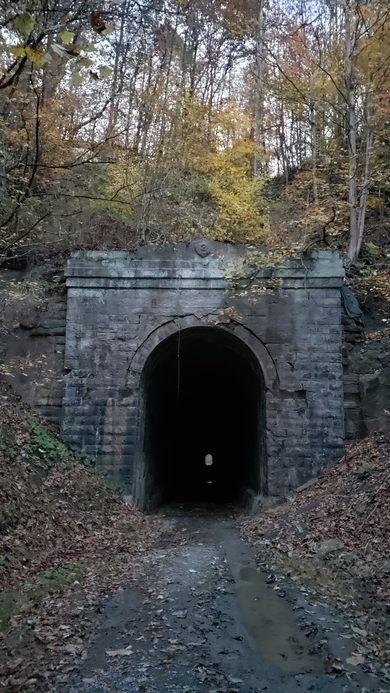
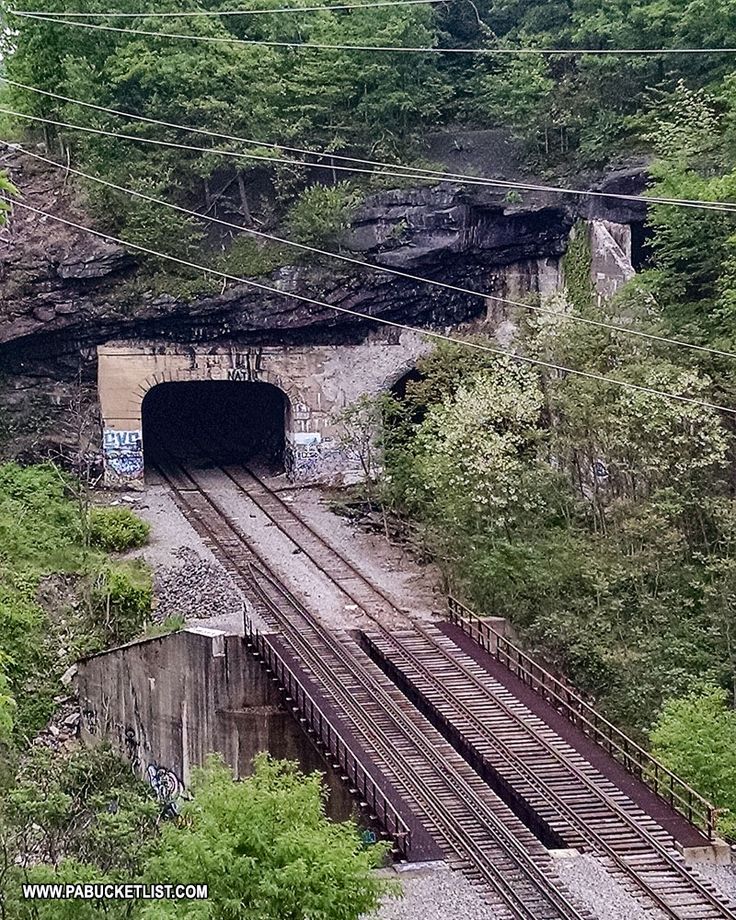
Here you have a great view of the Western Portal of Nay Aug Tunnel. The railroad tunnel near Nay Aug Falls in Scranton, PA.
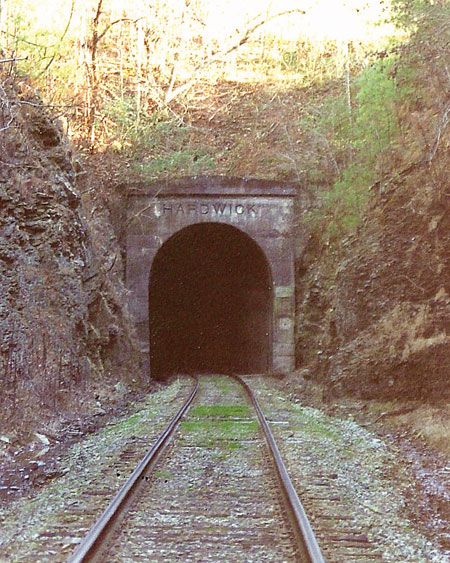
This tunnel portal is near Odenville, Alabama at Hardwick Station. It’s part of Seaboard Air Line Railroad’s trackage running from Birmingham all the way to New York City. For some 20 years, this line hosted Seaboard’s elite streamliner passenger train, The Silver Comet. Pulled by sleek new diesel engines, the Comet had everything a cross-country rail passenger might desire, including day coaches, observation lounge cars, diners, and Pullman sleepers.
This is the Jensen Train tunnel in Bonanza, Arkansas, on the Arkansas/Oklahoma border. Built in 1886.
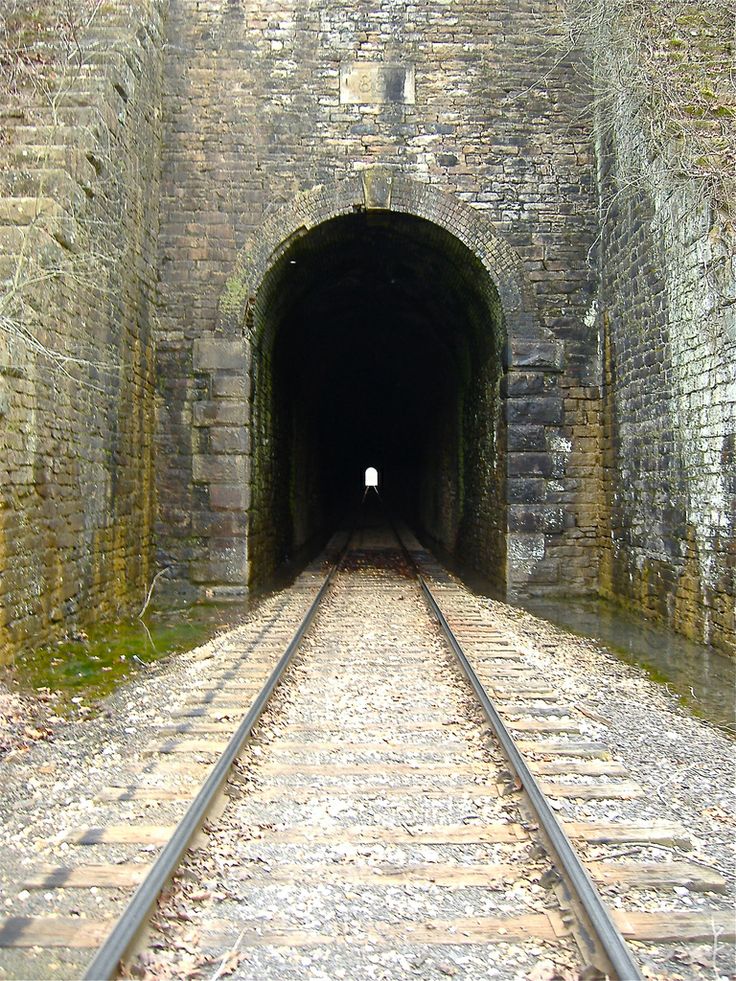
The Cramer Tunnel in Shroeder, MN is the longest railroad tunnel in the state of Minnesota, measuring 1,800 feet from entrance to exit.
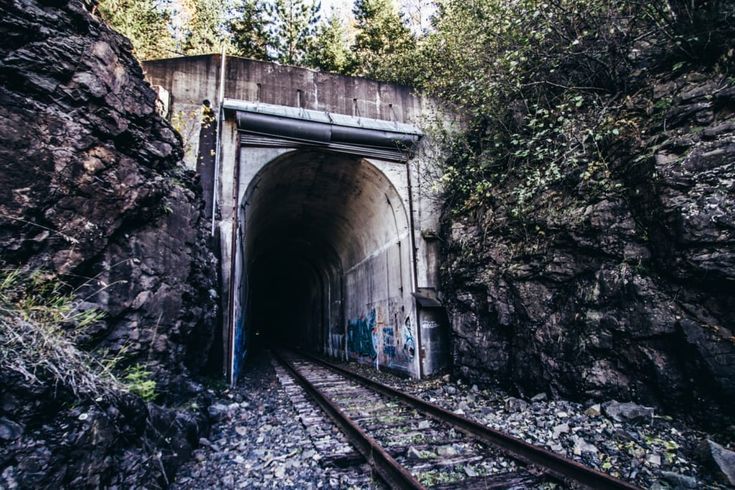
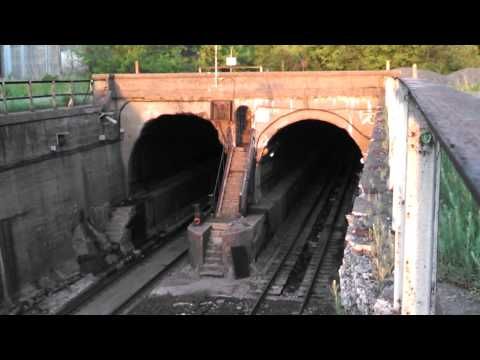
Of course, tunnels don’t always need to grind through climbing rock walls. This is the portal to the Detroit River Tunnel.
I didn’t get a chance to locate this portal, but the tracks are the Erie Lackawanna. Photo is courtesy of the Center for Railroad Photography & Art.
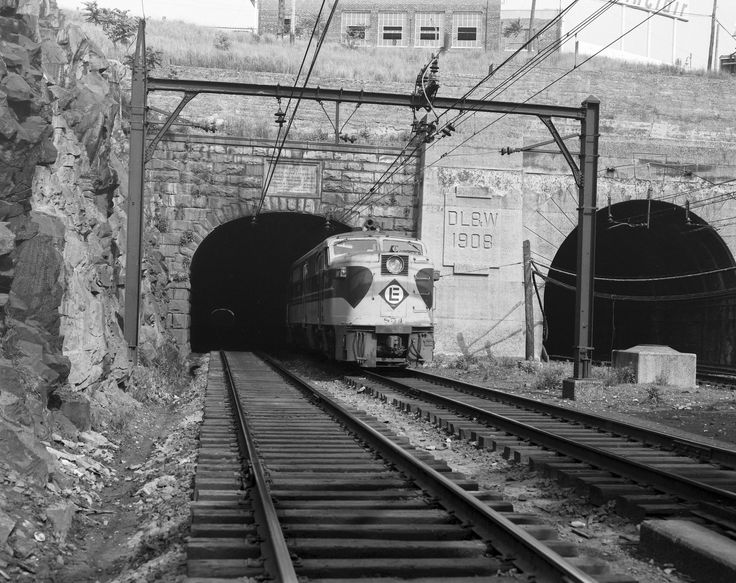
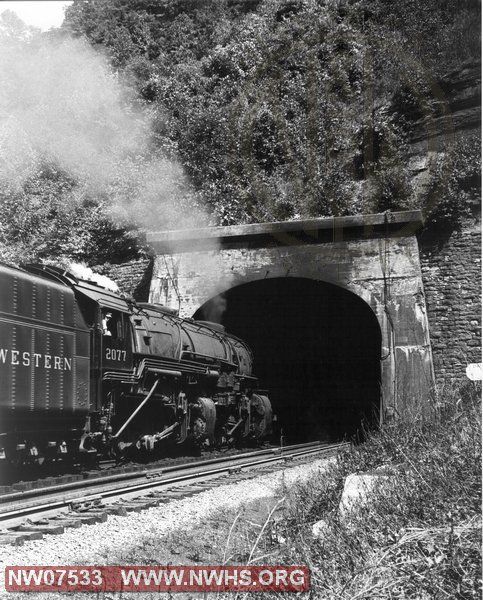
What’s better than a good pic of a tunnel portal? A good pic of a tunnel portal with an N&W Class Y3a approaching! N&W #2077 entering the tunnel East of Laeger, WV Aug. 27,1957.
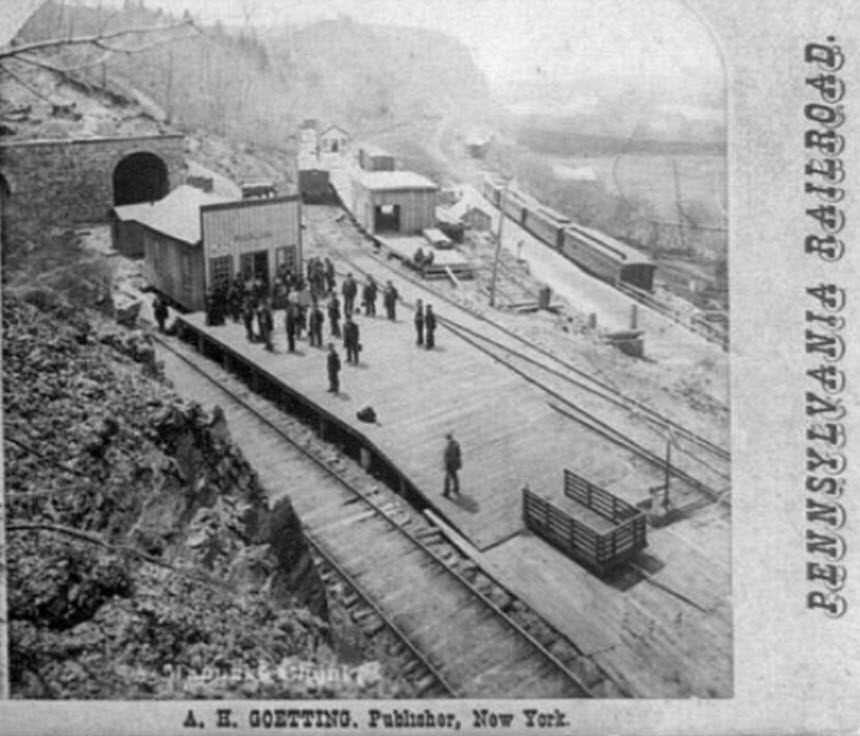
I believe this is a view of the West portal of the Manunka Chunk Tunnel. The tracks going past the portal to the right later became PRR tracks. The tracks to the left entering the tunnel portal are DL&W (Delaware, Lackwanna & Western) tracks. The source is guessing this photo is from around the 1870’s – possibly earlier. Note that the gauge of the DL&W tracks appears to be wide gauge.
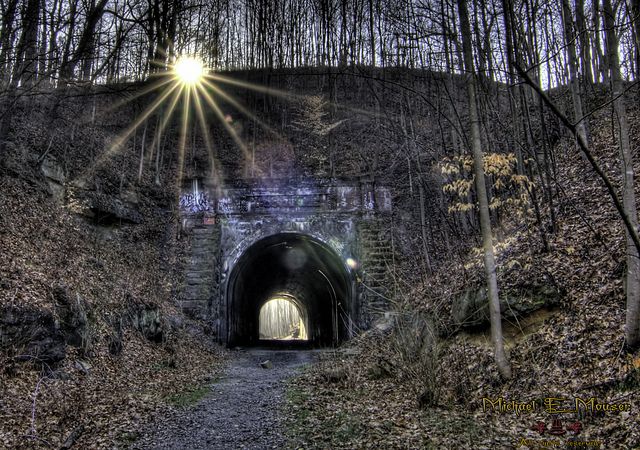
While there’s not many opportunities for tunnels in western Ohio, this is a tunnel in mid-southern Ohio not far from Athens called the Moonville tunnel on the Moonville Rail Trail.
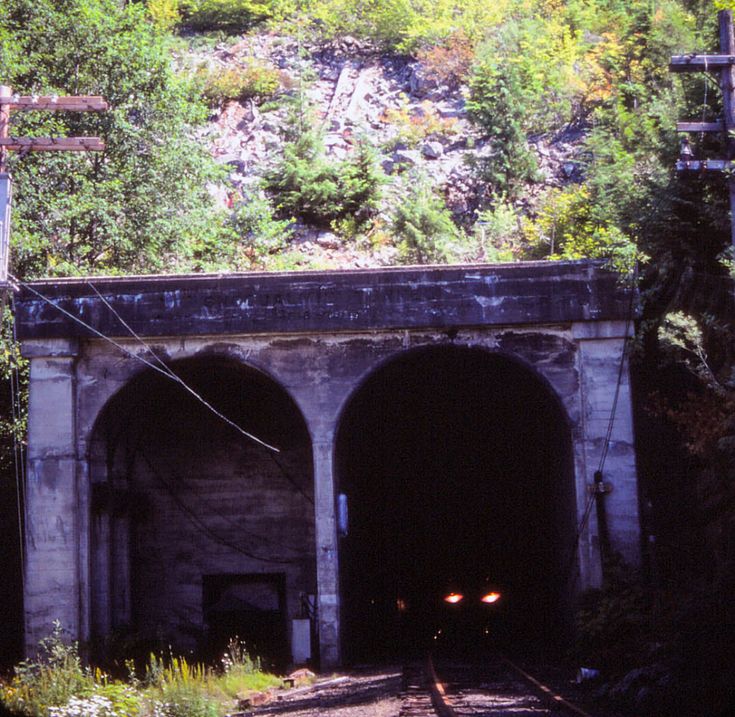
The most impressive engineering feat by any western railroad in conquering the Cascade Mountain range to reach Seattle, Washington was Milwaukee Road’s Snoqualmie Pass grade. The tunnel, the longest on the entire railroad at well over 2 miles in length, was not opened until five years after the original route commenced operations. The often-photographed western portal of Milwaukee Road’s Snoqualmie Tunnel was lined with two portals for a planned future double-tracking, which never occurred. Alan Freed photo.
On the Oregon coast, we find the PN&R tunnel portal, now part of the Salmonberry River Railroad Trail. The railroad, built in 1906-1911 by the Pacific Railway & Navigation Company, had initials (PN&R) that soon inspired the nickname “Punk, Nasty & Rotten” because of the area’s rainy climate. Even before the Southern Pacific took over in 1916, excursion trains were hauling Portlanders to vacations at Rockway Beach and Bayocean.
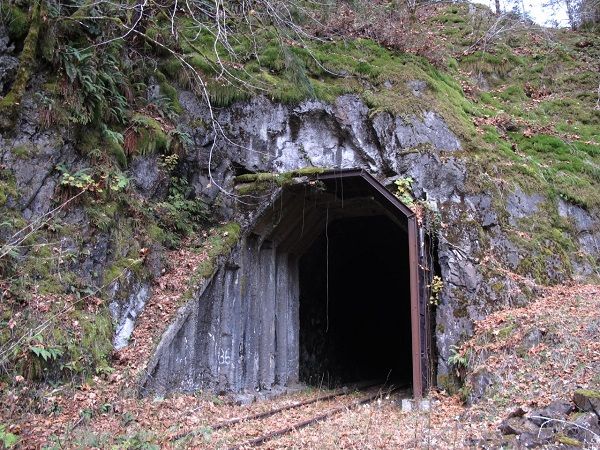
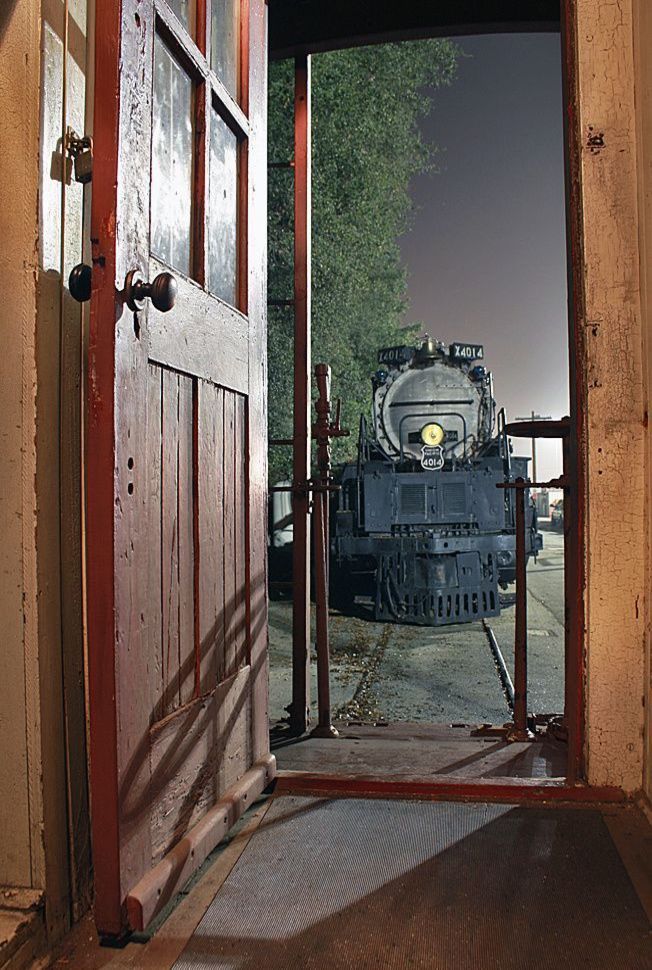
One more pic for fun: “There’s a train at the front door!” Actually, that’s the open rear door of a caboose waiting in line for departure just ahead of a second train.
